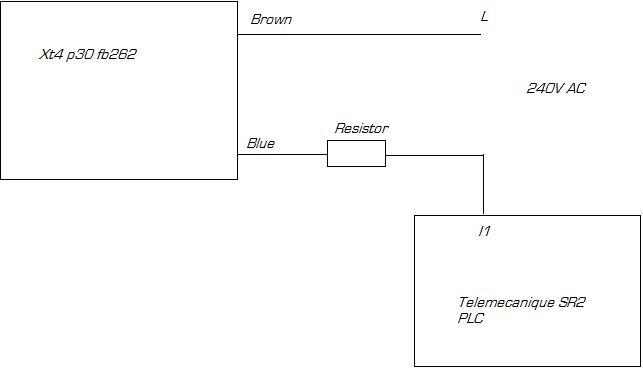- Joined
- 27 Sep 2004
- Messages
- 1,301
- Reaction score
- 83
- Country

Well here is an update! After much looking (and no luck) to find a cable any cheaper, having asked my boss he has one I can borrow to fit the Telemecanique PLC. 
Have now mastered the Zelio software in Ladder mode, and quite like it., Have made a program and simulated and all is working well, with timers and counters too.
Here is another question I do have tho.. looking at capacitive proximity switches, if I use it to send back a 240V signal to the input on the PLC, would I need a NPN or PNP? I can't ever get my head around those two very well!
Cheers All..
Have now mastered the Zelio software in Ladder mode, and quite like it., Have made a program and simulated and all is working well, with timers and counters too.
Here is another question I do have tho.. looking at capacitive proximity switches, if I use it to send back a 240V signal to the input on the PLC, would I need a NPN or PNP? I can't ever get my head around those two very well!
Cheers All..


